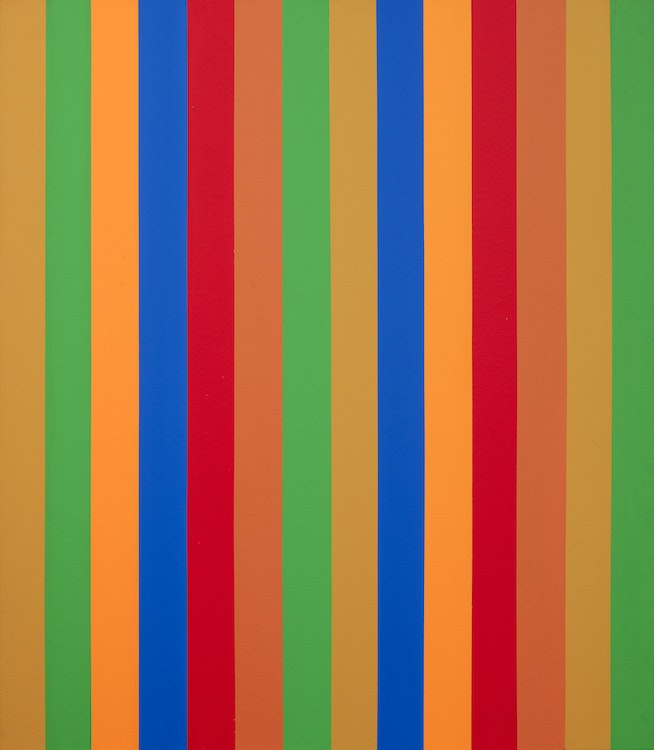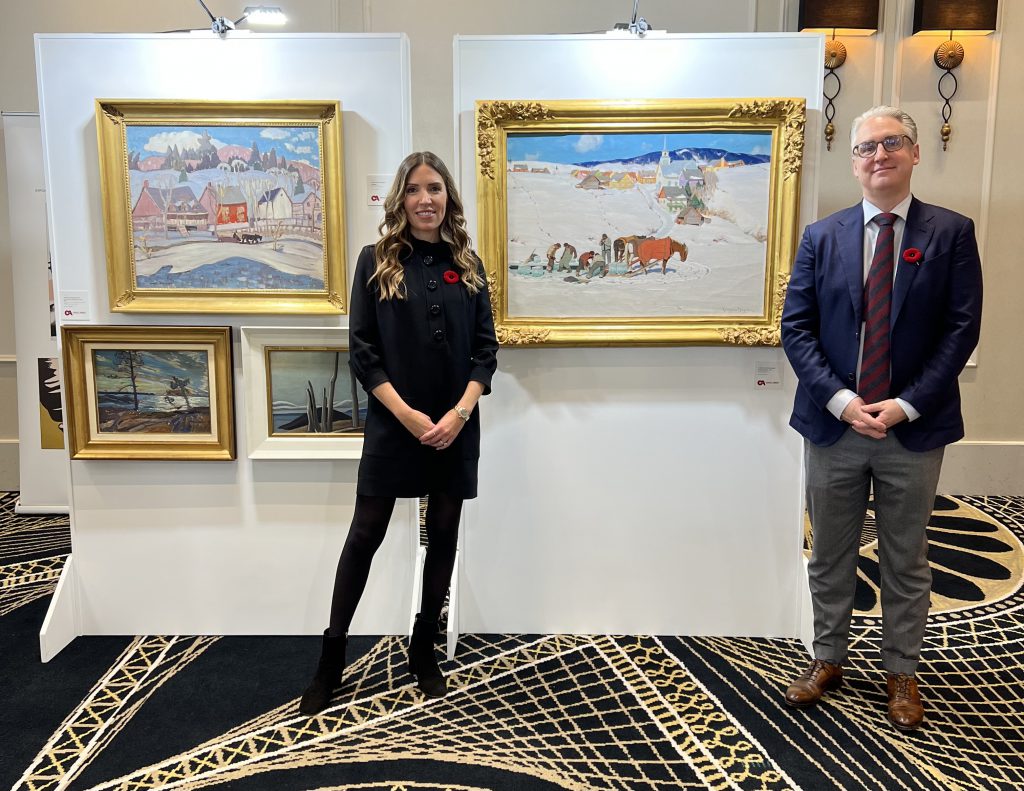

The artwork from the collection is being offered in memory of Joe, Anita and Laura Robertson. Each work of art was carefully chosen by the Robertson family and hung in their welcoming home.
Joe and Anita Robertson were prominent Niagara Peninsula businesspeople, both born to large, closely knit families. They met as teenagers while working at a McDonald’s in Bells Corners, Nepean and married in 1986, raising three children, Taylor, Clark and Laura.
Joe and Anita were lifelong best friends and business partners. They excelled in their careers, purchasing a small dental supply company in St. Catharines, Ontario to grow it under the name of Arcona Health Incorporated. They would sell the company with Joe becoming the CEO and Chair of the Board of Directors of the parent company’s Canadian subsidiary, Henry Schein Arcona Inc.
Laura Robertson, the family’s youngest child, grew up in St. Catharines before moving to Vancouver to earn her Bachelor’s of Kinesiology from the University of British Columbia in 2017. Laura had begun working in Brock University’s Kinesiology Department as a Facilities Coordinator at the time of her passing. She was an active volunteer at Red Roof Retreat and was proud to serve Niagara-on-the-Lake as a volunteer firefighter. Laura had a lifelong passion for the arts and was a skilled illustrator and oil painter.
Joe and Anita Robertson were philanthropically active in their Niagara-on-the-Lake and St. Catharines communities, making major financial contributions to the FirstOntario Performing Arts Centre to build a multipurpose theatre, the Niagara Health Foundation to support the construction of the hospital and the Niagara-on-the-Lake nursery, as well as many other causes.
Besides being active volunteers, they also individually played pivotal roles supporting the St. Catharines & District United Way, the Council of Chairs of Ontario Universities, the Canadian Songwriters Hall of Fame, Music Cares, Bravo Niagara and the Brock Performing Arts Centre. Joe also served on the board of Brock University for over a decade, and between 2012 and 2014 was Chair of their Board of Governors.
As such strong supporters and active participants of arts and culture, it is not surprising that the artwork they collected reflected their passion for art.
Cowley Abbott is proud to donate a portion of our commission from the sale of the family’s artwork to the United Way Niagara in memory of Joe, Anita and Laura Robertson and on behalf of their surviving children, Clark and Taylor.
















